23 Andean Condors have been killed in Patagonia, Argentina, by a strong pesticide whose sale is prohibited in the country. These attacks follow ones in Jujuy and Mendoza provinces, and have conservation organizations extremely worried, as they represent a severe threat to the species.
At least 23 Andean Condors (Vulture gryphus) have been poisoned in the Patagonia region of Argentina. The remains were found by locals who subsequently alerted the authorities. Necropsies conducted revealed that the birds had died after ingesting a concentrated organophosphate pesticide.
Although the use of concentrated pesticides has been banned in Argentina, getting ahold of them is easier and cheaper than buying traditional poisons such as rat poison.
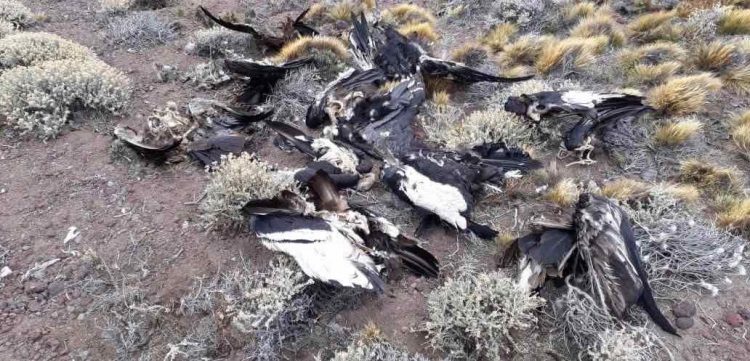
In many regions of Argentina, ranchers coat dead animals such as sheep or cows in strong pesticides or poisons in order to ward off potential predators such as foxes, pumas or even dogs that could threaten their herd. In this case, authorities found the remains of several more birds of prey, domestic animals, and cows in the same region where the condors were killed, indicating that the motivation was probably to deter predators. This practice, however, is dangerous not only for wildlife, it can also contaminate the surrounding air, water and soil, affecting nearby livestock and even humans.
Unfortunately condors, as carrion feeders, are very heavily impacted by the poisoning of animal carcasses. Aves Argentinas (BirdLife Partner) is working to get the government to approve a law which would regulate the prescribing and traceability of agrochemicals. That way, the relevant authorities could control the sale and use of pesticides such as the one used to kill the condors.
The Andean condor is Near Threatened, with just under 7,000 individuals thought to be living in the wild. It lives along the Western coast of the South American continent. One of the largest birds in the world, its full wingspan is over 3 metres. Although the Andean condor can live for up to 75 years, it only reproduces every two years, which makes it difficult for the bird’s population to grow quickly.
This year alone, more than 90 condors have died in Argentina due to pesticide poisoning.
This article by Samantha Moreno was first published by BirdLife International on 14 Dec 2018.

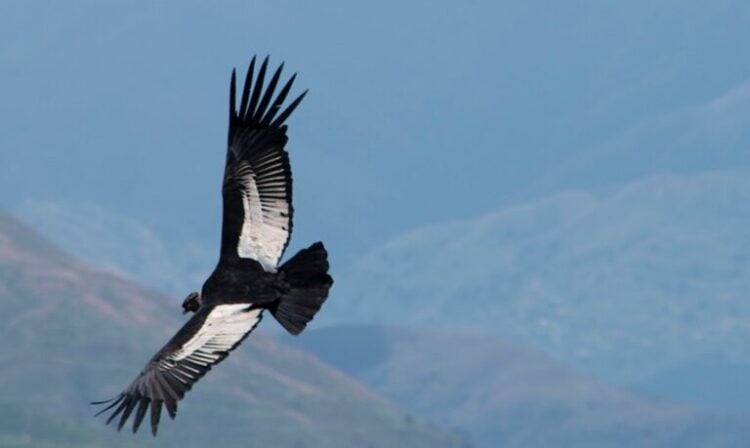

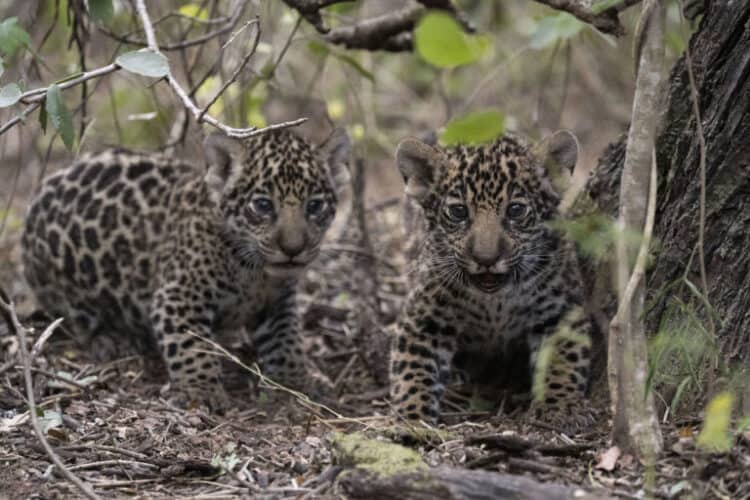
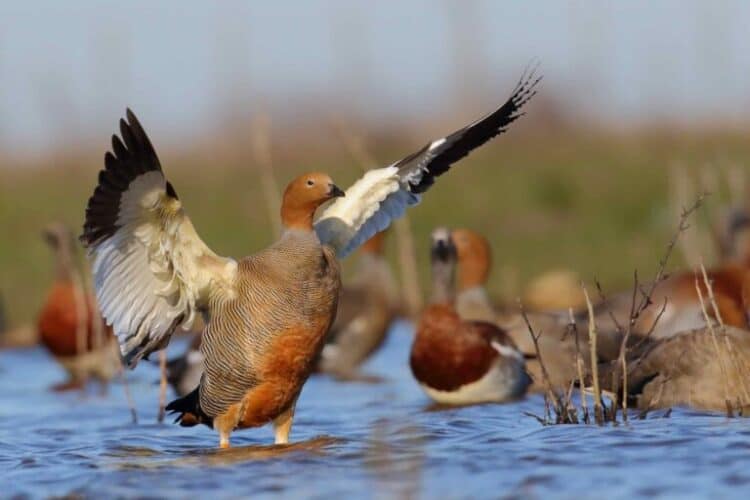
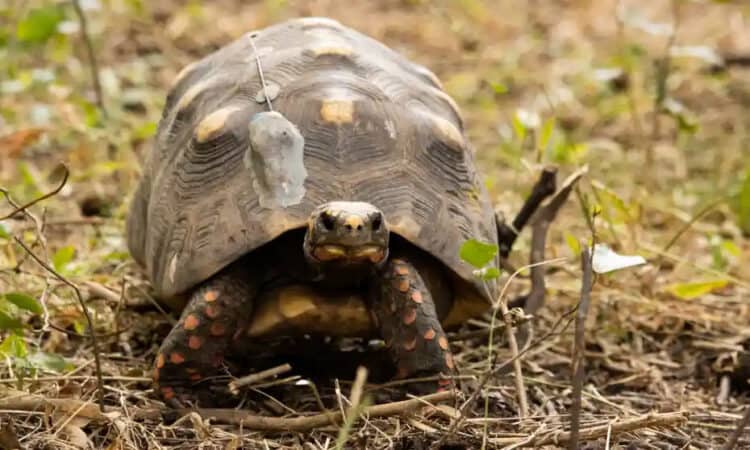
Leave a Reply